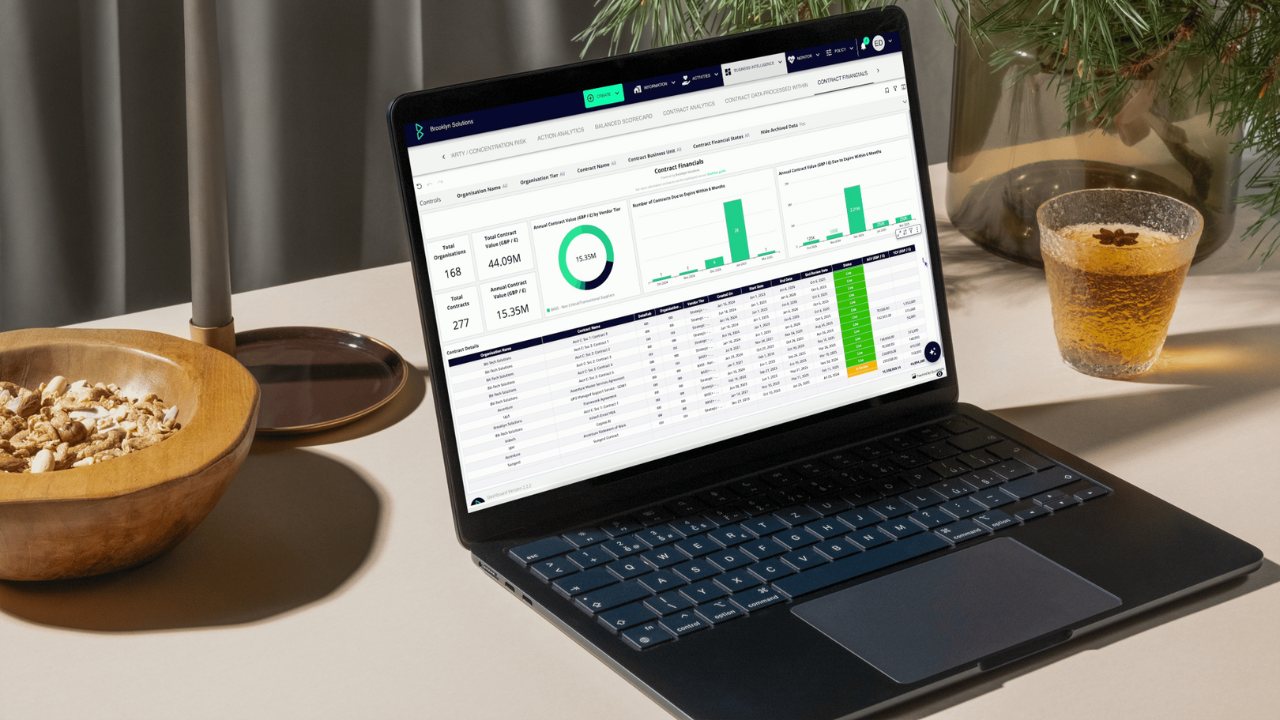Establishing a robust Vendor Management Office (VMO) framework is essential to streamline vendor-related activities, optimise performance, and ensure compliance with organisational policies and industry regulations. We previously discussed the need to move businesses’ focus to post-contract management, once the deal has been signed, and the 5 main reasons to establish a vendor management office.
However, the biggest challenges we see companies face are not about not wanting to start, but not knowing how. In this blog, we provide 8 steps to create an effective VMO framework that will help you to reach your goals. Each step is vital within the process.
1. Training and Onboarding
A strong foundation begins with well-trained team members. Develop a comprehensive training programme to acquaint newly appointed staff with best practices in Vendor Management. This programme should include ongoing coaching and guidance throughout the engagement to ensure effective implementation of strategies and adaptation to evolving practices.
2. Establishment of Vendor Management Office (VMO)
Centralising vendor-related activities is crucial for coherence and efficiency. Support the creation of a dedicated VMO, defining its structure and responsibilities in alignment with organisational goals and objectives. A well-defined VMO acts as the backbone of effective vendor management.
3. Target Operating Model (TOM)
Outlining a clear Target Operating Model (TOM) is vital for the VMO’s success. The TOM should detail key processes, roles, and responsibilities, ensuring they reflect industry best practices. A well-crafted TOM supports efficient vendor management operations and aligns with the strategic vision of the organisation.
4. Policy Development
Effective policy development is foundational for a functioning VMO. Establish basic policies covering critical areas such as vendor selection, contract management, and performance evaluation. Ensure these policies are in compliance with regulatory requirements and organisational standards to maintain integrity and consistency.
5. Process Implementation
Implementing robust processes is essential for operational efficiency. Create processes for Segmentation and Risk Assessment to categorise vendors based on their importance and evaluate associated risks. Formulate criteria for good Vendor Governance based on the outcomes of the Segmentation process, ensuring high standards are maintained.
6. Vendor Segmentation
Utilise the Segmentation process to identify critical and important vendors. This identification should be based on predefined criteria, including strategic importance, financial impact, and risk exposure. Accurate segmentation allows for focused management efforts on the most significant vendor relationships.
7. Vendor Onboarding
Streamline vendor engagement through efficient onboarding procedures. Develop procedures to onboard all vendors into a centralised Vendor Data Repository, ensuring that accurate and up-to-date vendor information is accessible. Standardised onboarding processes reduce administrative burdens and enhance engagement efficiency.
8. Governance Framework
Initiating basic governance measures is key for maintaining vendor performance and compliance. For all Critical and Important Vendors, implement regular performance reviews, compliance monitoring, and issue resolution mechanisms. Establish clear communication channels and escalation procedures to address vendor-related issues promptly and effectively.
By following these eight customer requirements, your organisation can establish a robust Vendor Management Office and framework. This approach not only optimises vendor performance and mitigates risks but also ensures compliance with organisational policies and industry regulations. Embrace these guidelines to create a VMO that drives operational excellence and strategic success.
Kick Start Your Vendor Management in 12 Weeks
Introducing Brooklyn’s Rapid Start Programme, your key to establishing a Vendor Management Office (VMO) with ease. Our experts guide you through crafting a tailored strategy aligned with your goals and implementing industry best practices. With our training programs, your team swiftly grasps vendor management nuances. Harness the power of organised data with Brooklyn’s platform, streamlining operations and eliminating administrative burdens. And with Brooklyn’s Managed Services, maximise value from your suppliers hassle-free. Take control of your vendor relationships and drive success like never before with Brooklyn’s Rapid Start Programme.


